Product details
Mammoth Caudal Vertebra, Florida
Woolly mammoths were well adapted to their frigid environments. Their defining feature was their long, shaggy coat of hair, which included a thick undercoat for insulation. This fur varied in color from blond to dark brown. Underneath this dense coat, they had a layer of fat, sometimes up to 4 inches thick, which helped to conserve body heat. These adaptations were crucial for survival in the harsh climates of the Pleistocene epoch.
Anatomically, woolly mammoths shared many characteristics with their modern-day relatives, the elephants. They stood about 9 to 11 feet tall at the shoulders and weighed up to 6 tons. However, they had distinct features suited for cold climates. Their ears were smaller than those of today’s elephants, reducing heat loss and the risk of frostbite. Their tusks, which could grow to over 15 feet long, curved in a distinctive spiral. These tusks were not only tools for foraging through snow to find vegetation but also served as weapons and displays during mating rituals.
The diet of woolly mammoths primarily consisted of grasses, sedges, and other herbaceous plants. This is evidenced by the preserved stomach contents found in some frozen carcasses. These creatures were well-adapted to a grazing lifestyle, using their tusks to sweep away snow and their trunks to pluck out the vegetation buried beneath. Their molars were large and flat, ideal for grinding tough, fibrous plant material.
Woolly mammoths lived in herds, much like modern elephants, with complex social structures. These herds were typically matriarchal, led by an older female. This social organization helped protect the younger and weaker members from predators and facilitated the teaching of survival skills to younger generations. Fossil evidence, such as trackways and group burial sites, supports the idea of these social behaviors.
The relationship between woolly mammoths and early humans was significant. These massive animals were hunted by our ancestors, who relied on them for meat, bones, and hides. Woolly mammoth bones and tusks were used to construct shelters, make tools, and create art. This interaction is immortalized in ancient cave paintings and carvings, providing valuable insights into early human culture and their reliance on these animals for survival.
The extinction of the woolly mammoth is a subject of extensive study and debate. Several factors likely contributed to their demise. Climate change at the end of the last Ice Age resulted in the shrinking of their cold, arid habitats. As temperatures rose, forests began to replace the mammoth steppe, leading to a loss of the open grasslands that woolly mammoths depended on for food. Additionally, human hunting pressure may have further stressed their populations. Genetic studies suggest that inbreeding and reduced genetic diversity could have also played a role, making it difficult for the species to adapt to changing conditions.
Remarkably, many woolly mammoth carcasses have been discovered preserved in the permafrost of Siberia and Alaska. These mummified remains have provided a treasure trove of information, allowing scientists to study their anatomy, diet, and even their DNA. Advances in genetic technology have sparked discussions about the possibility of de-extincting the woolly mammoth through cloning or genetic engineering. By splicing woolly mammoth genes into the DNA of their closest living relatives, the Asian elephants, some scientists hope to create hybrid animals that could one day roam the tundra once more.

This de-extinction effort, however, raises numerous ethical and ecological questions. While it could offer insights into evolutionary biology and climate change, it also poses risks. The reintroduction of such a species could disrupt current ecosystems, and the welfare of the hybrid animals would be a concern, given the different environmental conditions of the present day compared to the Ice Age.
Woolly mammoths have also made a significant impact on popular culture. They feature prominently in literature, films, and art, often depicted as symbols of the Ice Age and human prehistory. Their enduring fascination stems not only from their impressive size and unique adaptations but also from their close connection to our ancestors. The story of the woolly mammoth is a compelling narrative of survival, adaptation, and extinction, reflecting the broader themes of life on Earth.
Prehistoric 101 (Learn about fossils, minerals, and meteorites)
What is a Woolly Mammoth?
What is a Mastodon?
Prehistoric Elephants








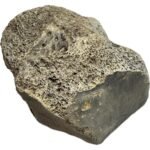
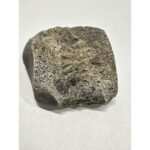
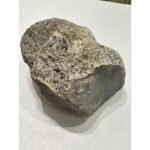
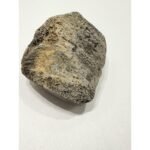
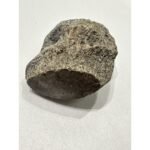
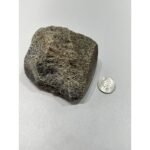
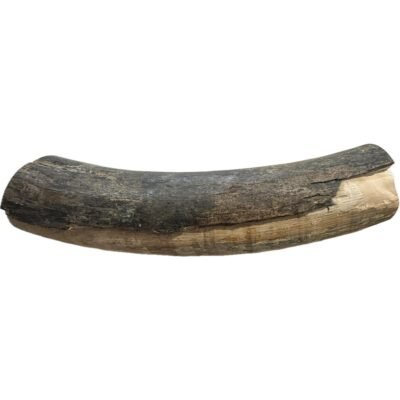
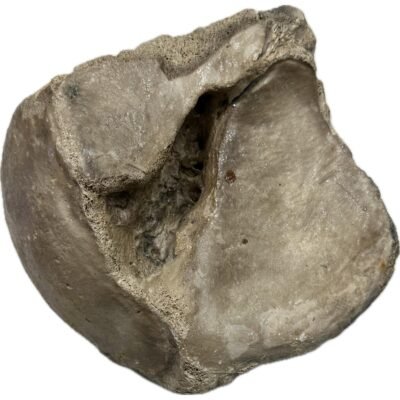
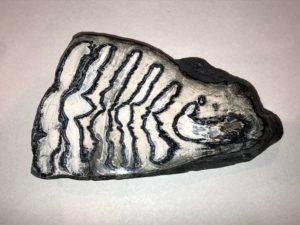
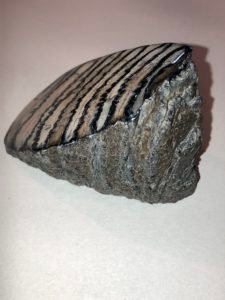
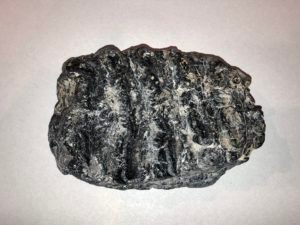
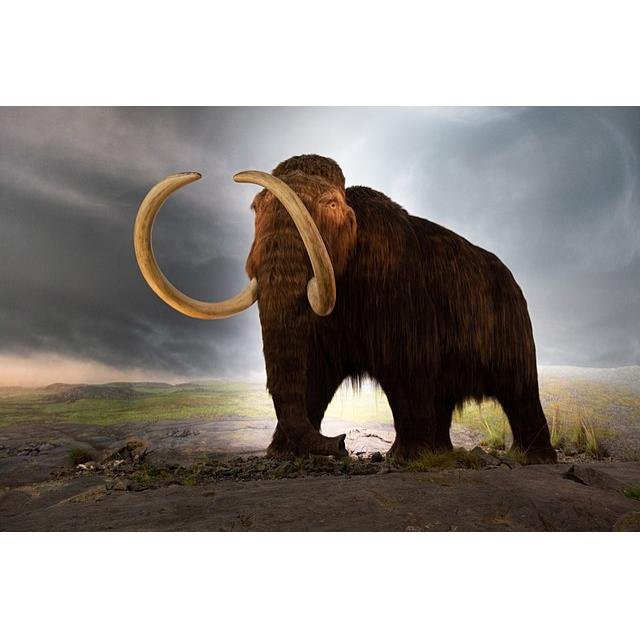
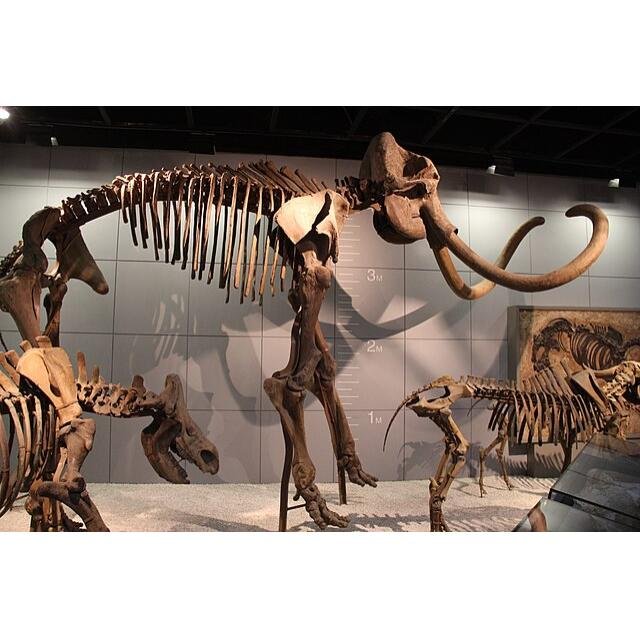
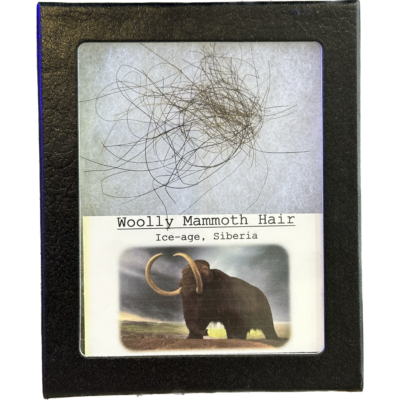
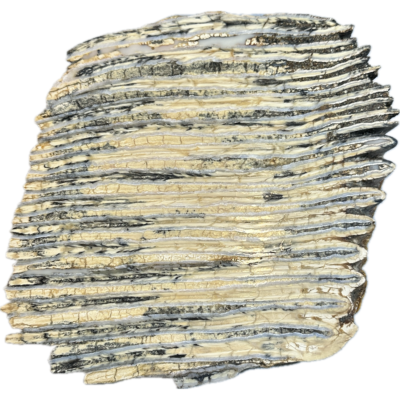
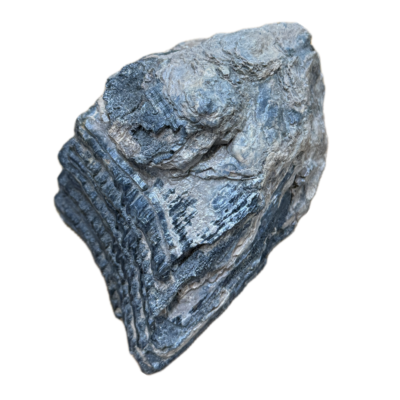
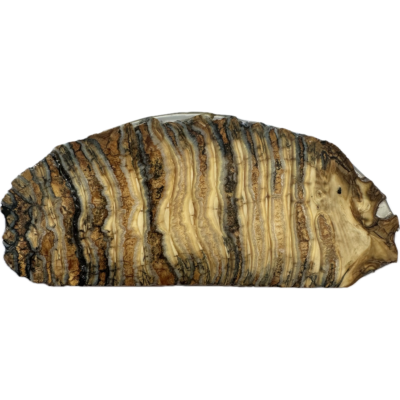
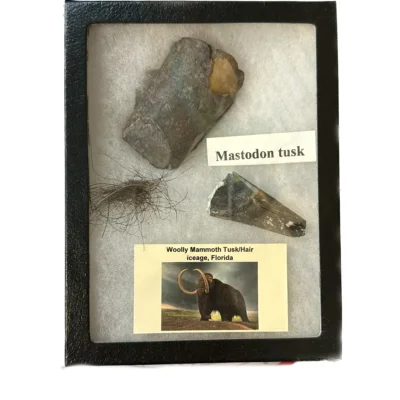
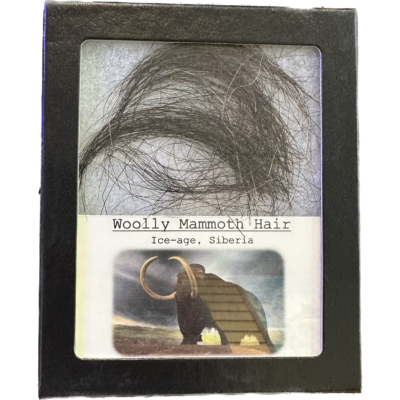
There are no reviews yet.